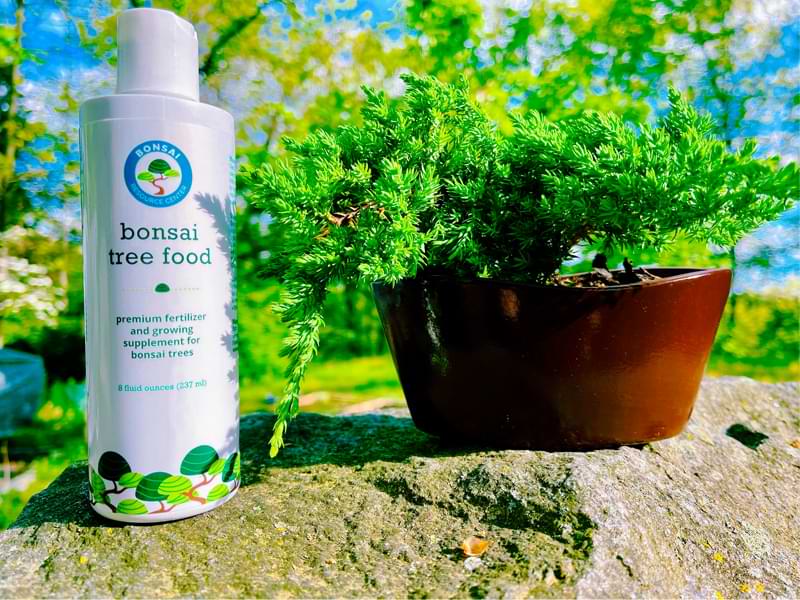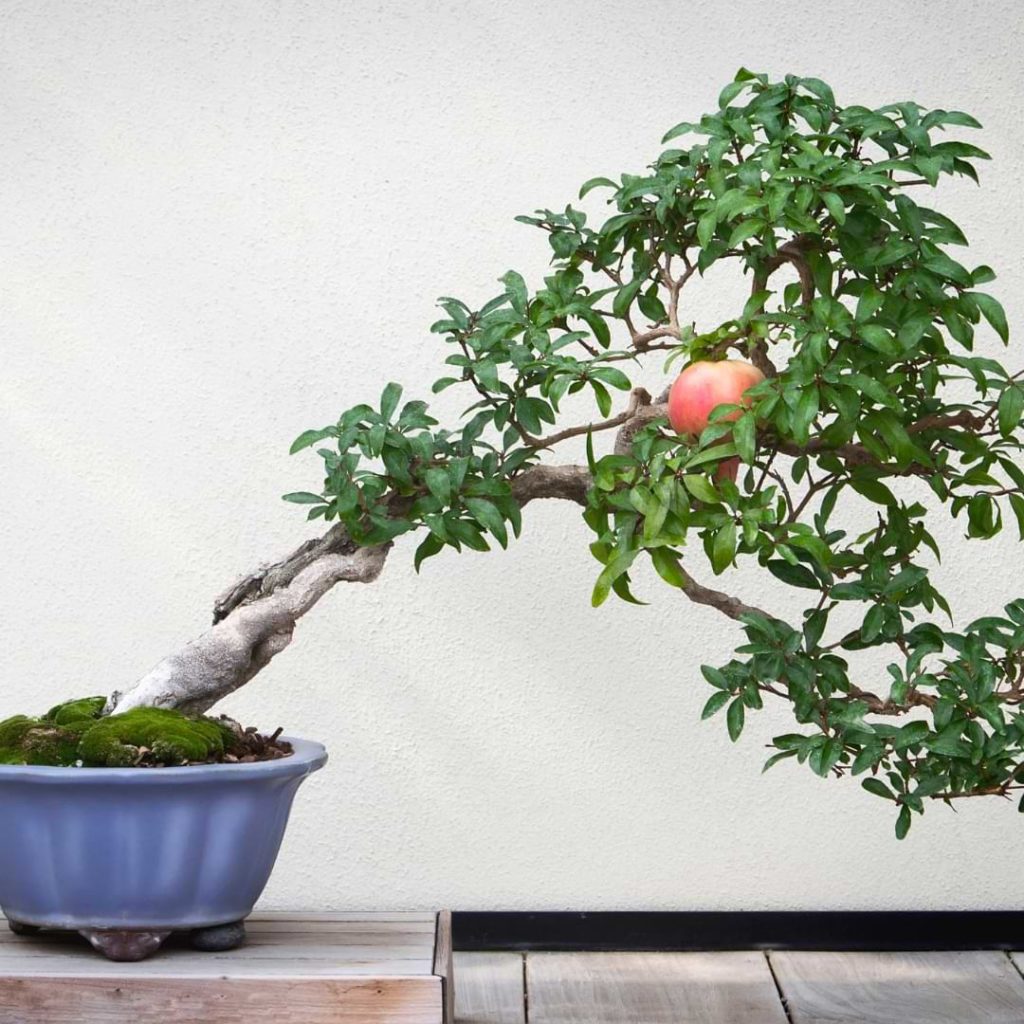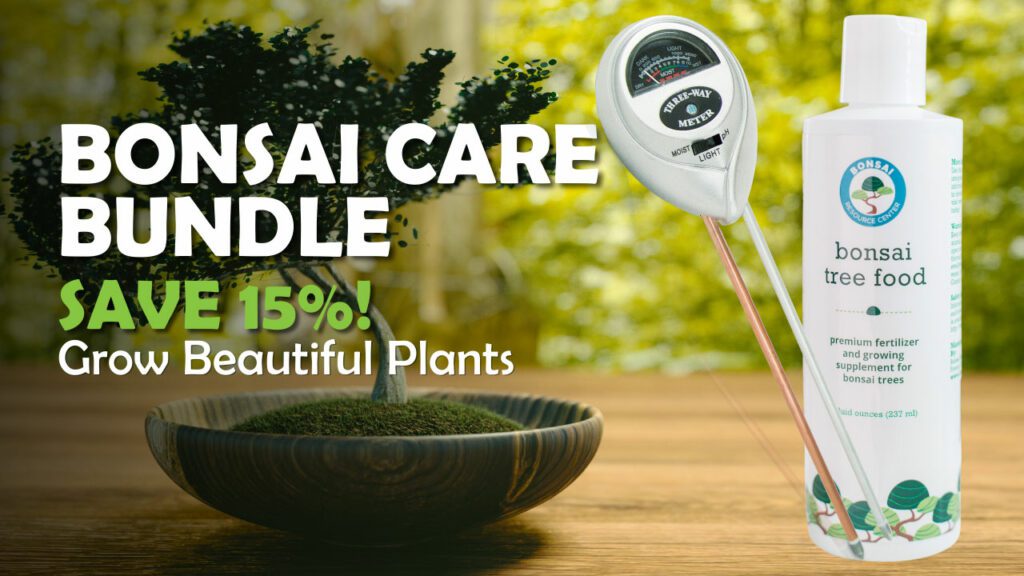The pomegranate plant boasts fragrant scarlet flowers, tasty antioxidant rice fruit, and attractive, glossy leaves. Native to parts of the Middle East and India, this deciduous shrub spread throughout the world via the silk road. Today, its ancient, gnarled appearance and general hardiness have made it a coveted ornamental bonsai.
In the right climate, pomegranate bonsai are easy to maintain and resilient against pests and disease. The secret to growing a healthy specimen? Provide conditions that mimic its native habitat.
In this beginner’s guide to pomegranate bonsai plant care, we’ll show you how!
Pomegranate Bonsai Plant Care Guide & FAQs
FAQ #1: How do you grow a pomegranate bonsai plant?
Pomegranate Bonsai Placement
Native to Iran, Armenia, and Northern India, pomegranate bonsai prefer a Mediterranean climate. This means that they’re happiest when placed in a warm, dry location with ample air circulation.
Here are a few pro tips:
- Warmth: The ideal pomegranate bonsai temperature is warm, warm, warm! Pomegranates are very heat-tolerant, so very few regions are too hot for it. Just be sure to bring your plant indoors when temperatures dip into the mid-40s.
- Sunlight: This light-loving plant will do well in the sunniest area of your yard. At the peak of summer, however, you may want to provide shade from scorching midday rays.
- Humidity: Pomegranate plants prefer hot, arid conditions and do well in areas with low humidity. While your bonsai can tolerate muggy weather, it may prevent fruit from developing.
- Air flow: Position your bonsai somewhere where it can receive a pleasant breeze, as this provides relief from high humidity.
Pomegranate Bonsai Watering
Pomegranate bonsai are not a particularly thirsty variety, and are more prone to root rot than other plants. Your watering schedule will be dependent on the season at hand:
- Growing season: Plant in a well-draining pot and water twice a day during the growing season. The soil should be kept consistently moist but not waterlogged. While your bonsai is flowering or fruiting, give it a little extra to drink. The best time to water your plant during the warmer months is in the morning or early evening.
- Winter months: Deciduous pomegranate bonsai need less water during the winter, but their soil should never become bone-dry. Keep your plant hydrated during dormancy by watering once a week. Water at midday, when temperatures are warmest—and never water if temperatures are near freezing.
Learn more: Read our guide to bonsai tree watering to know when your plant is ready for a drink!

Pomegranate Bonsai Fertilization
All bonsai are kept in shallow pots, but pomegranate bonsai prefer even smaller containers than most. While limited soil is beneficial for this plant, it also means it can quickly deplete the nutrients available in its environment. It’s up to you to remain diligent with your fertilization routine throughout the year.
- Growing season: Like most flowering/fruiting trees, the pomegranate bonsai will need more fertilizer during the growing season. Apply a gentle, liquid fertilizer every two weeks during the growing season, but avoid feeding while the tree is actively in bloom.
- Winter months: When this deciduous tree goes dormant, it stops using nutrients to power new growth. Hold off on fertilizer until spring is right around the corner; then give it a nice growing season boost.
- After repotting: Repotting can stress out your plant’s roots, so your fertilization routine will need to change in the years you perform this process. Avoid feeding for up to three months after repotting to give your plant time to recover.
Learn more: Put your feeding fears to rest with this beginner’s guide to bonsai tree fertilization.
Pomegranate Bonsai Trimming & Pruning
Pomegranate bonsai are beloved for their gnarly, ancient appearance—and proper trimming and pruning will help you achieve this effect. Follow these pro tips for the best long-term results:
- Trimming: Trim new shoots during the growing season to encourage dense, small foliage. Be sure to leave the desired flowering shoots intact.
- Fruiting: While you can stunt the growth of your pomegranate bonsai, it will still produce full-sized fruit. That’s why fruiting trees are best grown as mid- to large-sized bonsai. Only allow a small number of fruits to mature, or the added weight may snap or stress your tree.
- Structural pruning and wiring: Pomegranate bonsai lose most or all of their leaves when they go dormant. Take advantage of this unobstructed view to perform structural pruning and wiring that encourages your plant to grow into the desired shape.
Learn more: Master wiring techniques with 6 Easy Steps to Wire Bonsai Trees.
Pomegranate Bonsai Repotting
While pomegranate bonsai prefer to be slightly rootbound, they will still starve to death without periodic repotting. Ensure your plant has a healthy life below ground with these repotting best practices:
- Frequency: While many bonsai varieties will need to be repotted annually or every other year during their youth, juvenile pomegranate bonsai move a little slower. Repot yours every three or four years once the roots begin to crawl over the soil.
- Timing: Repot your pomegranate bonsai toward the end of the winter season, before new foliage sprouts. Replace the soil with a slightly acidic, well-draining bonsai tree potting mix.
- Root trimming: This plant’s roots are dense and durable, and respond well to root trimming. But since they like it snug beneath ground, never remove more than a third of the root ball during the trimming process.
Learn more: This beginner-friendly guide to repotting your bonsai will show you how to master the process.
FAQ #2: Can you grow pomegranate bonsai indoors?
Because they love warm, dry weather, pomegranate bonsai do well indoors. Take care to provide the right conditions throughout the year and you’ll have a happy bonsai roommate in no time.
What you need to know:
- Summer months: Sunlight is key during the growing season! Place your plant in a well-lit, dry place with sufficient air circulation. Although your plant will be happy in a sunny windowsill, midday shade provides relief from the day’s hottest rays. (Try sheer curtains or look for coverage from trees outside.) If you can’t provide sufficient natural light, you may want to supplement with a grow light during the summer months.
- Winter months: Fall weather means it’s time for your plant to migrate from the windowsill; these sun-loving plants are not fond of bright light when it’s time for a long winter nap. As your bonsai prepares for dormancy, relocate it to a shady, dry location with temperatures in the mid-40s.
FAQ #3: Can you grow bonsai pomegranate from seed?
Yes! You can grow this type of bonsai from the seeds (or cuttings) of a dwarfed or full-sized plant. And getting started is easy when you follow these steps:
- Step 1: Plant your seeds in moist starter soil and cover with a plastic bag to increase humidity.
- Step 2: Leave the seeds in a warm space, keeping the soil consistently moist (not damp!) until they begin to germinate.
- Step 3: Once the seedlings sprout above the soil, translate into a well-draining, shallow container to allow the young plants to root.
- Step 4: Bonsai seedlings need a lot of water; so be diligent to check moisture levels and water daily.
- Step 5: Transplant your bonsai seedlings into training pots in the late winter, once they’ve gone completely dormant.
FAQ #4: How long does it take to grow a pomegranate bonsai plant?
Pomegranate shrubs are neither particularly fast- nor slow-growing. In the wild, they’ll stretch upwards 1 to 2 feet per year. You’ll need to restrict this growth to achieve the bonsai effect, but not as severely as with other varieties.
A medium-sized pomegranate bonsai (coming in at about 2 feet tall) is best suited to support the full-sized fruit it will produce. Your plant can reach this height in the first few years of life, and may even produce fruit just as quickly.
A healthy pomegranate bonsai can live upwards of 200 years. So, with just a little patience, you’ll have an eye-catching specimen to pass down for generations.
FAQ #5: Can you eat a pomegranate bonsai fruit?
There’s nothing genetically different about bonsai pomegranate fruit and fruit produced by a full-sized plant. This means pomegranate bonsai fruit is edible and safe to eat. You shouldn’t notice a difference in the taste between the two fruits either. But fair warning: if you’re planning to dig in, it’s best to avoid exposing the fruits or foliage to chemical fertilizers or pest treatment.
Have another question about caring for your pomegranate bonsai plant? Join the conversation in our Facebook group.
Bonsai With Us!
The Bonsai Resource Center is here to help you learn about pomegranate bonsai and provide you with the tools you need to keep your plant healthy and strong. Explore our other articles, visit our online shop, and connect with other bonsai lovers in our Facebook group to learn everything you need to know about this rewarding hobby!
More Bonsai Tree Resources
The Ultimate Guide to Boxwood Bonsai
Growing Wisteria Bonsai From a Seed



